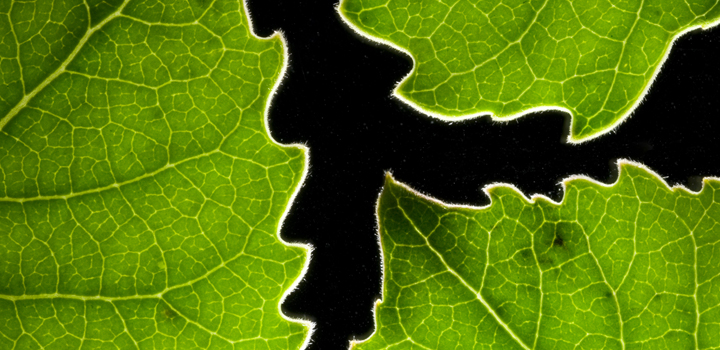ICOM 8
 NAU was pleased to host the 8th International Conference on Mycorrhiza, which took place August 3-8, 2015, on campus.
More information.
NAU was pleased to host the 8th International Conference on Mycorrhiza, which took place August 3-8, 2015, on campus.
More information.
Cottonwood research
Collaborative Research: Landscape genetic connectivity of a foundation tree species: implications for dependent communities facing climate change and exotic species invasion
Funding: National Science Foundation
Principal investigators: Gery Allan (PI), Tom Whitham, Catherine Gehring, Kevin Hultine, Kevin Grady, Sam Cushman (Co-PIs)
Key personnel/students: Helen Bothwell, Art Keith, Todd Wojtowicz, Julia Hull, Jackie Parker
Synopsis: The riparian habitats of the American Southwest are hot spots of biodiversity that are located in a region of the U.S. that is suffering among the highest rates of climate change in North America. Fremont cottonwood (Populus fremontii) is a foundation species of this critical habitat, but is threatened both by climate change and exotic species. Different source populations and genotypes of P. fremontii support different arthropod and fungal communities, loss of cottonwood habitat, loss of genetic connectivity (i.e., gene flow), and loss of genetic diversity will have cascading effects that make cottonwoods and their dependent communities especially vulnerable to climate change and exotic species invasion. We are testing the central hypothesis that landscape genetic connectivity of a foundation species will predictably define future biological communities via its genotype x environmental interactions with climate change and invasive species. We are characterizing the endophytic and pathogenic fungal communities of Fremont cottonwood across its US range to test whether host genetic connectivity influences the structure and composition of its dependent communities. Using a combination of experimental gardens that all contain the same cottonwood source populations and genotypes, planted at different climates and occurring with and without invasive tamarisk, we also are quantifying the effects of host genotype by environment interactions on aboveground and belowground fungal communities. Other members of the group are focusing their community sampling efforts on arthropods and developing genetic-based models to better inform conservation management of foundation species and their associated communities.
This project is new and no publications have been produced yet. Some of the recent publications that led to the development of the current project are listed below. Others can be found at the Cottonwood Ecology Group website:
Wojtowicz, T., Z.C. Compson, L.J. Lamit, T.G. Whitham, and C.A. Gehring. Plant genetic identity of foundation tree species and their hybrids affect a litter-dwelling generalist predator. OECOLOGIA, in press.
Busby, P.E., L.J. Lamit, A.R. Keith, G. Newcombe, C.A. Gehring, T.G. Whitham, and R. Dirzo. Genetics-based interactions among plants, pathogens and herbivores define arthropod community structure. ECOLOGY, in press. http://dx.doi.org/10.1890/13-2031.1
Lamit, L.J., M.K. Lau, C.M. Sthultz, S.C. Wooley, T.G. Whitham, and C.A. Gehring. 2014. Tree genotype and genetically based growth traits structure twig endophyte communities. AMERICAN JOURNAL OF BOTANY 101(3): 467-478.
Meinhardt, K.A., and C.A. Gehring. 2012. Disrupting mycorrhizal mutualisms: a potential mechanism by which exotic tamarisk outcompetes native cottonwoods. ECOLOGICAL APPLICATIONS 22:532-549. http://dx.doi.org/10.1890/11-1247.1
